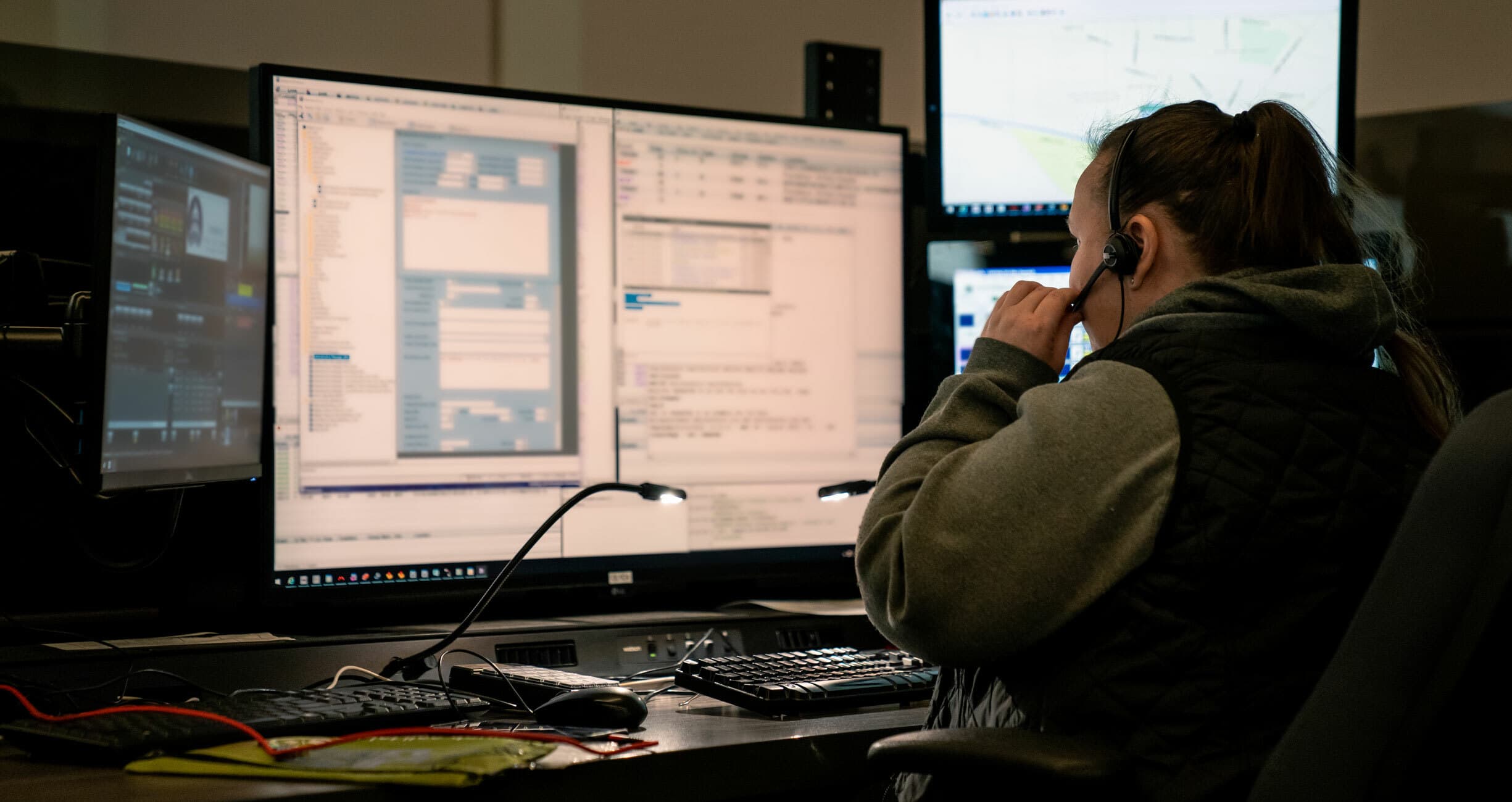Most 911 Calls Have Nothing To Do With Crime. Why Are We Still Sending Police?

A 911 call might be about a noisy neighbor, a trespassing concern, or from someone experiencing a mental health crisis. As the nation’s helpline, 911 is typically the only resource that’s readily available to people seeking any kind of timely assistance. So, it’s not surprising that 911 dispatchers receive 240 million calls per year—an average of 7.6 calls every second. And although the vast majority of 911 calls have nothing to do with crime or violence, police are too often dispatched to respond.
New Vera research sheds light on just how many 911 calls don’t really demand a police response—and underscores the need for services that actually meet callers’ needs and, in turn, curb our overreliance on police. Analyzing publicly available 911 data between January 2019 and November 2021 from police departments in nine cities—including Baltimore, Detroit, New Orleans, and Seattle—Vera found that, in most of these cities, fewer than 3 percent of calls related to situations involving violent crime.
Of the 15.6 million total calls across the nine cities, the majority—an average of 62.6 percent—involved “noncriminal” situations where there is typically no clear safety concern and officers are not required by law to make an arrest. For example, fireworks, an abandoned car, and a pet on the loose can all elicit 911 calls. Police, as default first responders, are typically tasked with handling such matters. But unarmed responders can be trained to provide timely assistance and more effectively resolve these situations.
It's also important to note that many of the calls categorized as “criminal” in this analysis can relate to poverty, homelessness, mental health, and substance use—social and public health issues that usually pose no danger to the public and shouldn’t be criminalized in the first place. People who are homeless, for example, are often arrested and jailed for loitering or vagrancy—for simply existing in public spaces. Instead of access to care, people experiencing mental health crises too often get handcuffs and jail time. This systematic overcriminalization leads to overpolicing and drives mass incarceration, and it is particularly detrimental to Black communities and other communities of color, which are disproportionately harmed.
Vera’s research found that in the cities studied, an average of 19 percent of calls concerned behavioral health-related situations that civilian responders have already demonstrated they can handle without police. Officers are often ill-equipped to handle calls related to matters like mental health and substance use safely and effectively, and their presence alone can exacerbate feelings of distress for people in crisis. In the worst cases, the consequences are deadly.
Ultimately, this analysis demonstrates the need for a broader set of services and solutions beyond police. For example, more than a dozen cities have launched programs that dispatch trained civilian crisis responders—instead of police—to 911 calls related to mental health, substance use, neighbor disputes, homelessness, and other well-being concerns. And in July of this year, 988, the new three-digit number for the National Suicide Prevention Line, will launch nationwide. As an easy-to-remember alternative to 911, its goal is to make critical support services more accessible to people experiencing behavioral health crises.
We need to reduce reliance on police, and these initiatives are an important start. Most of the time, people are calling 911 for noncriminal matters that don’t warrant a default police response. In other cases—like a behavioral health call where there is no inherent safety risk—a police response is simply not appropriate. Police, who are empowered to use force and make arrests, can actually make these situations worse. In all the instances above, a civilian responder could be dispatched to provide safe and effective support.
And beyond this, cities, counties, and states should invest in the services that people experiencing poverty, homelessness, and behavioral health crises need. Many local governments do not make 911 data publicly available. We need transparency to ensure that emergency responses are appropriate and meet communities’ needs. We need public safety systems that provide timely, safe, effective responses. We need affordable housing, drug treatment programs, and mental health care. We need systems that serve all.
